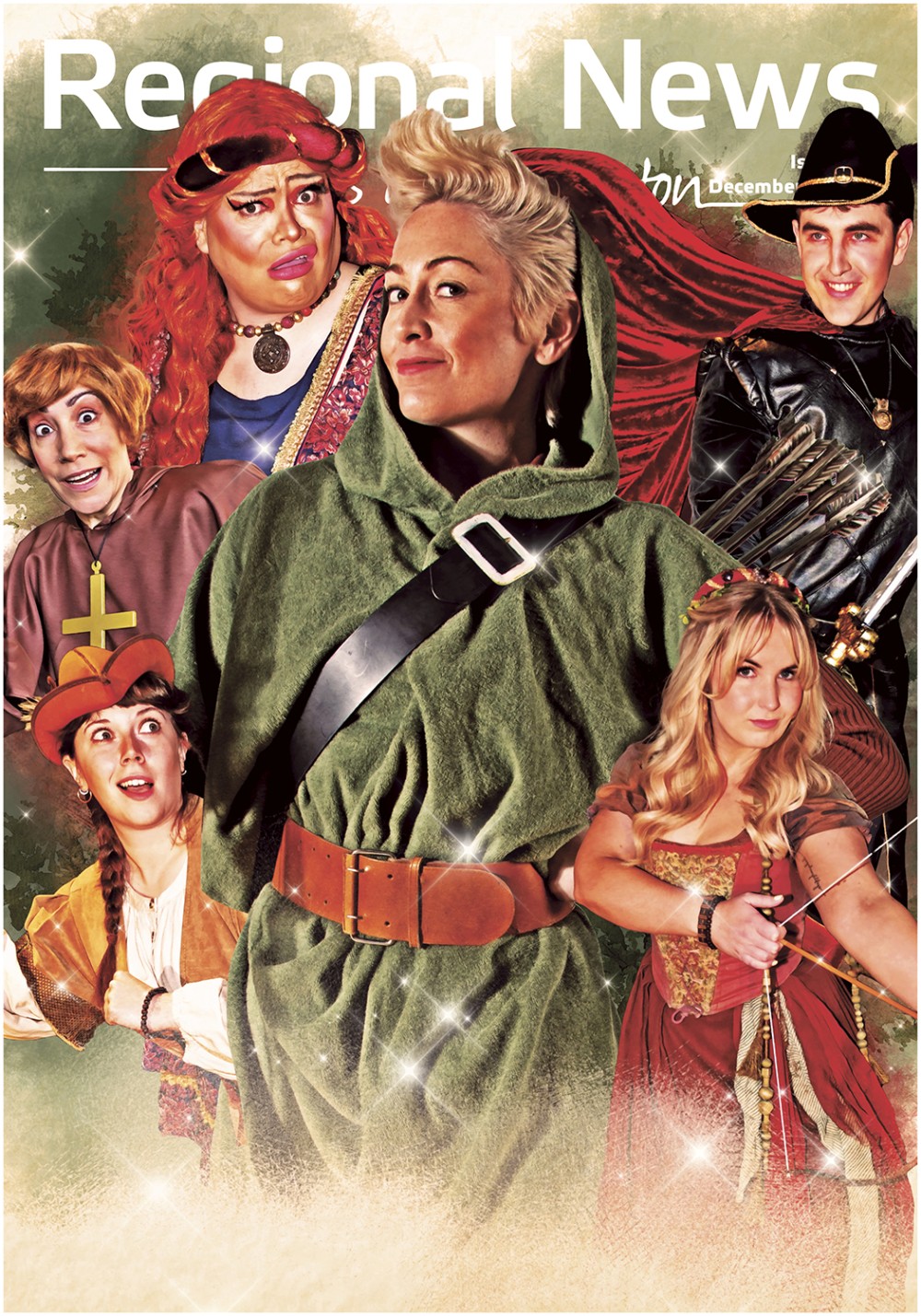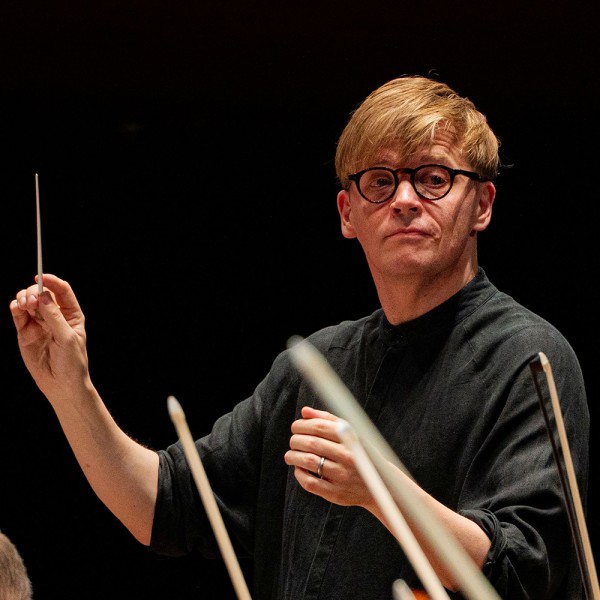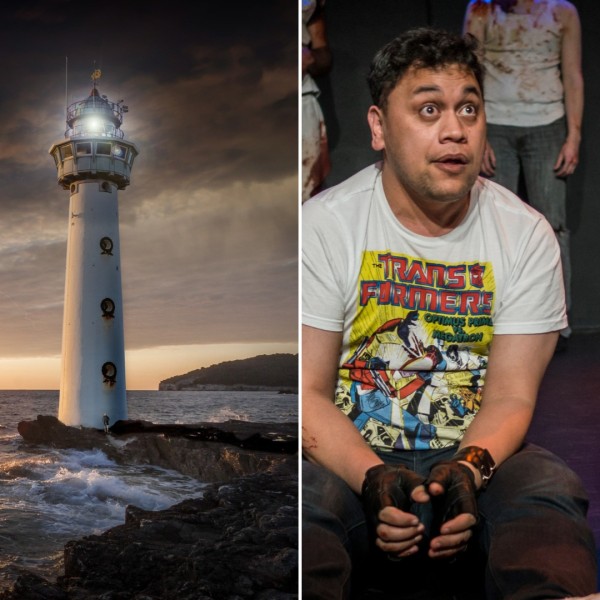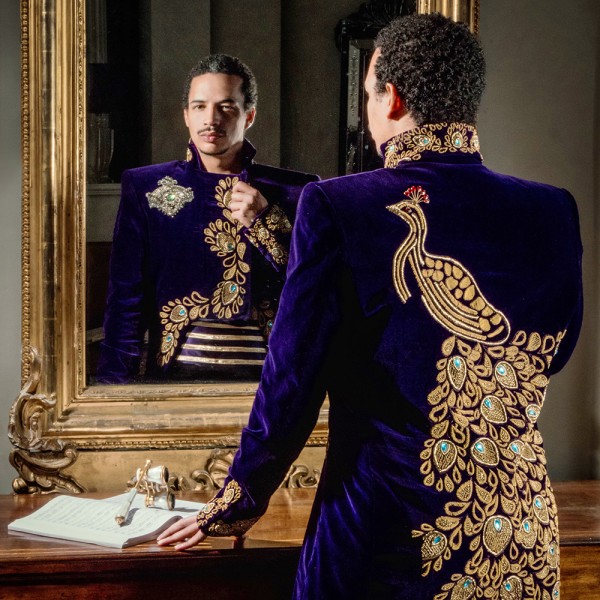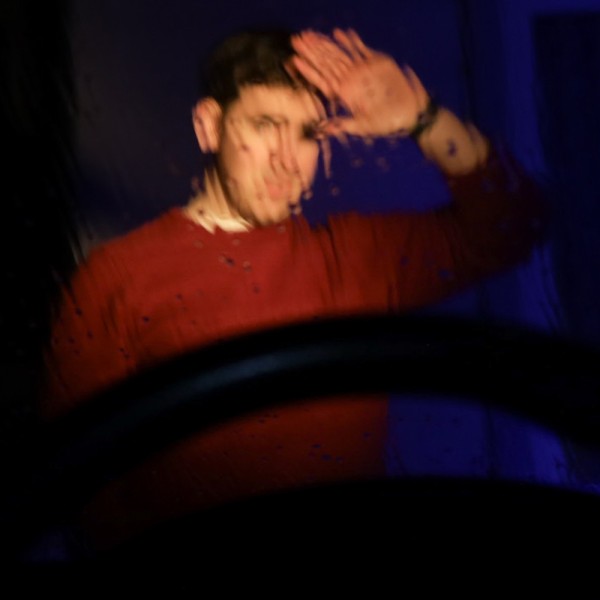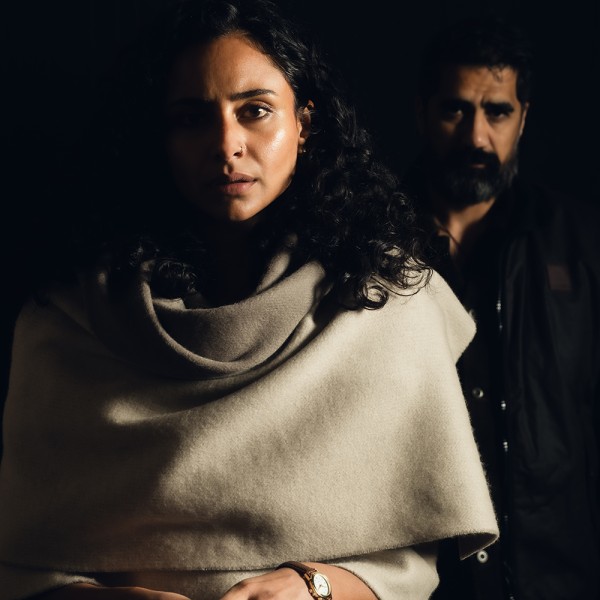
Monument
Written by: Emily Sheehan
Directed by: Lyndee-Jane Rutherford
Circa Theatre, 14th Oct 2025
Reviewed by: Tanya Piejus
Edith Aldridge (Mel Dodge) comes from political royalty: the daughter of a former prime minister, now about to take the stage on her first day as a groundbreaking female prime minister. It’s early. She’s in her hotel room and has 90 minutes before making her inaugural speech to a waiting world. In walks Rosie (Tara Canton), a substitute makeup artist, more often seen working the cosmetics counter at David Jones but who’s been plucked from obscurity because she’s a whizz with a contour brush.
Over the real-time interchange between these two very different personalities, writer Emily Sheehan exposes the cultural norms expected of women, particularly those in leadership, and the increasingly blurred lines between politics and celebrity. There are shades of Jacinda Ardern’s premiership in the persistent social media abuse of Aldridge and careful curating of her look for a magazine. In Rosie, we see a younger generation of women, superficially independent and bravely critical but still vulnerable to the ingrained and unrealistic expectations of men.
Dodge and Canton have great chemistry that Lyndee-Jane Rutherford’s naturalistic direction gives room to breathe. They challenge and ultimately empower each other, and both have secrets that are revealed in the overly personal setting of a makeup session. Props to both actors for convincingly managing an entire makeover while delivering a huge piece of dialogue and its emotional ups and downs with ease and conviction.
Ian Harman’s set design is unusually fulsome for the Circa Two stage and convincingly creates a plushly beige heritage hotel suite augmented by Talya Pilcher’s subtle lighting design. Being a tech nerd, I particularly appreciated Chris Ward’s AV and sound design for the women’s cell phones that cleverly avoided the awkward trap of putting ringtones through a theatre speaker.
Monument is a slick production all round that makes a highly relevant statement about the place and perception of women in today’s world of double standards and identity-driven politics. Through lifting each other up, all women can succeed.



